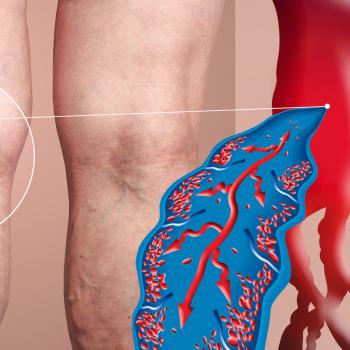Both type 1 and type 2 diabetes occur when the body is unable to properly store and use glucose, a simple sugar which gives us vital energy. In diabetes patients, high levels of glucose collect in the blood, causing complications such as heart and kidney disease, loss of eyesight, neurological conditions, and damage to other organs.
Type 2 diabetes - increasingly a disease of diet and lifestyle
In type 1 diabetes, the immune system attacks the pancreas so that it can no longer produce insulin, which is the hormone that normally helps regulate glucose levels. In type 2 diabetes patients, the pancreas still produces insulin, but the body isn’t able to use the hormone effectively. Type 1 diabetes is actually relatively rare, affecting around 5-10% of diabetes patients, while type 2 is becoming increasingly common in the developed world.
On the other hand, there is no way to prevent or reverse type 1 diabetes, and it is not thought to be linked to lifestyle. Type 2 diabetes is different: risk factors include obesity, lack of exercise and an unhealthy diet.
Although there is no cure for diabetes, symptoms of type 2 can be slowed or even halted by losing weight and following a healthier lifestyle. And medical experts agree that the disease can be completely prevented by a healthy diet and physical exercise.
This section kicks off with authoritative and concise details of the two most important aspects for diabetes patients which are:
- How do I check my disease status / what are the recommended tests?
- What is the concurrent cardiac disease risk and how do I detect problems early?
The leading diabetes experts here include Consultant Endocrinologist, Dr Steve Hyer and senior Cardiologist Professor Avijit Lahiri.














